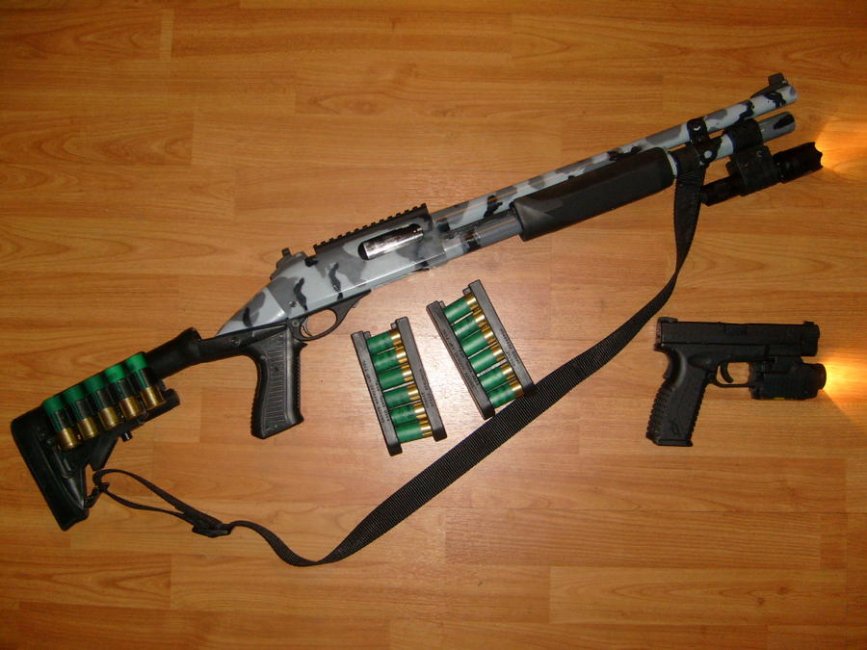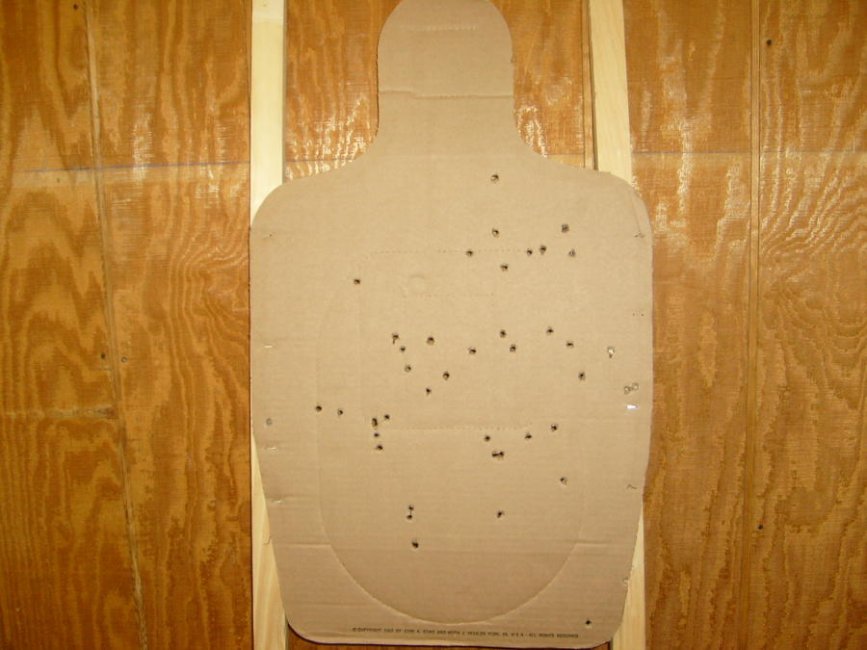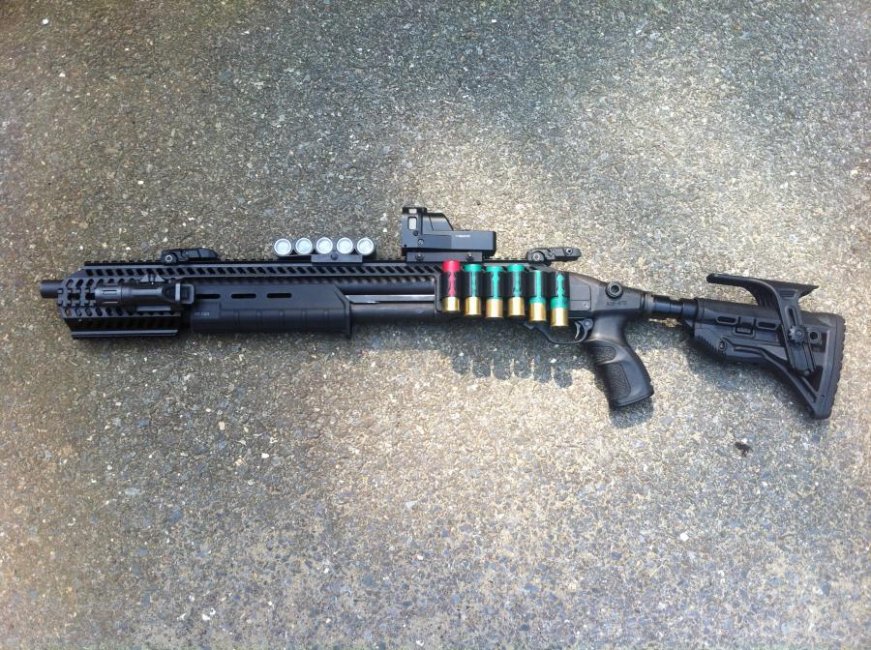jaywade
Ultimate Member
so you shot slugs through that huh?
can I shoot slugs through my mossberg 590? never thought to do that , infact I thought you needed a rifled barrel for slugs??
can you hurt a smooth bored shotgun barrel w/ slugs?
can I shoot slugs through my mossberg 590? never thought to do that , infact I thought you needed a rifled barrel for slugs??
can you hurt a smooth bored shotgun barrel w/ slugs?







 . I got it back home, drilled and tapped the mount for a pair of set screws that lock into a small recess in the flashlight body, and tightened the mount abut as far as I could without breaking it, the mount clicked right back into place on the rail, and held up for 50 rounds of bird shot and a box of slugs without budging, so looks like it is GTG.
. I got it back home, drilled and tapped the mount for a pair of set screws that lock into a small recess in the flashlight body, and tightened the mount abut as far as I could without breaking it, the mount clicked right back into place on the rail, and held up for 50 rounds of bird shot and a box of slugs without budging, so looks like it is GTG.

 ). I was thinking about using a wire and pressure pad with the Hellfighter, but being it would need a good bit of slack to work with the forend as it reciprocates, or a long wire that would easily tangle to mount on the pistol grip I opted aggainst it, and left it how it is, I slide my hand forward to bump the tailcap switch to toggle it, but have to basically leave it on or off while pumping it. The best thing is that it can attach or detach it simply and quickly enough just in case I need to use the light for something else, especially if I get out to hunt this year with it, and don't want to get fined for "spotlighting" where having a weapon mounted light on a gun in PA is bound to get you.
). I was thinking about using a wire and pressure pad with the Hellfighter, but being it would need a good bit of slack to work with the forend as it reciprocates, or a long wire that would easily tangle to mount on the pistol grip I opted aggainst it, and left it how it is, I slide my hand forward to bump the tailcap switch to toggle it, but have to basically leave it on or off while pumping it. The best thing is that it can attach or detach it simply and quickly enough just in case I need to use the light for something else, especially if I get out to hunt this year with it, and don't want to get fined for "spotlighting" where having a weapon mounted light on a gun in PA is bound to get you.

![simpsons-haha[1].gif simpsons-haha[1].gif](https://www.mdshooters.com/data/attachments/10/10935-aa4e4ac9f9555bf3b64fa55c63f6fdf0.jpg)



 Are you serious?
Are you serious?